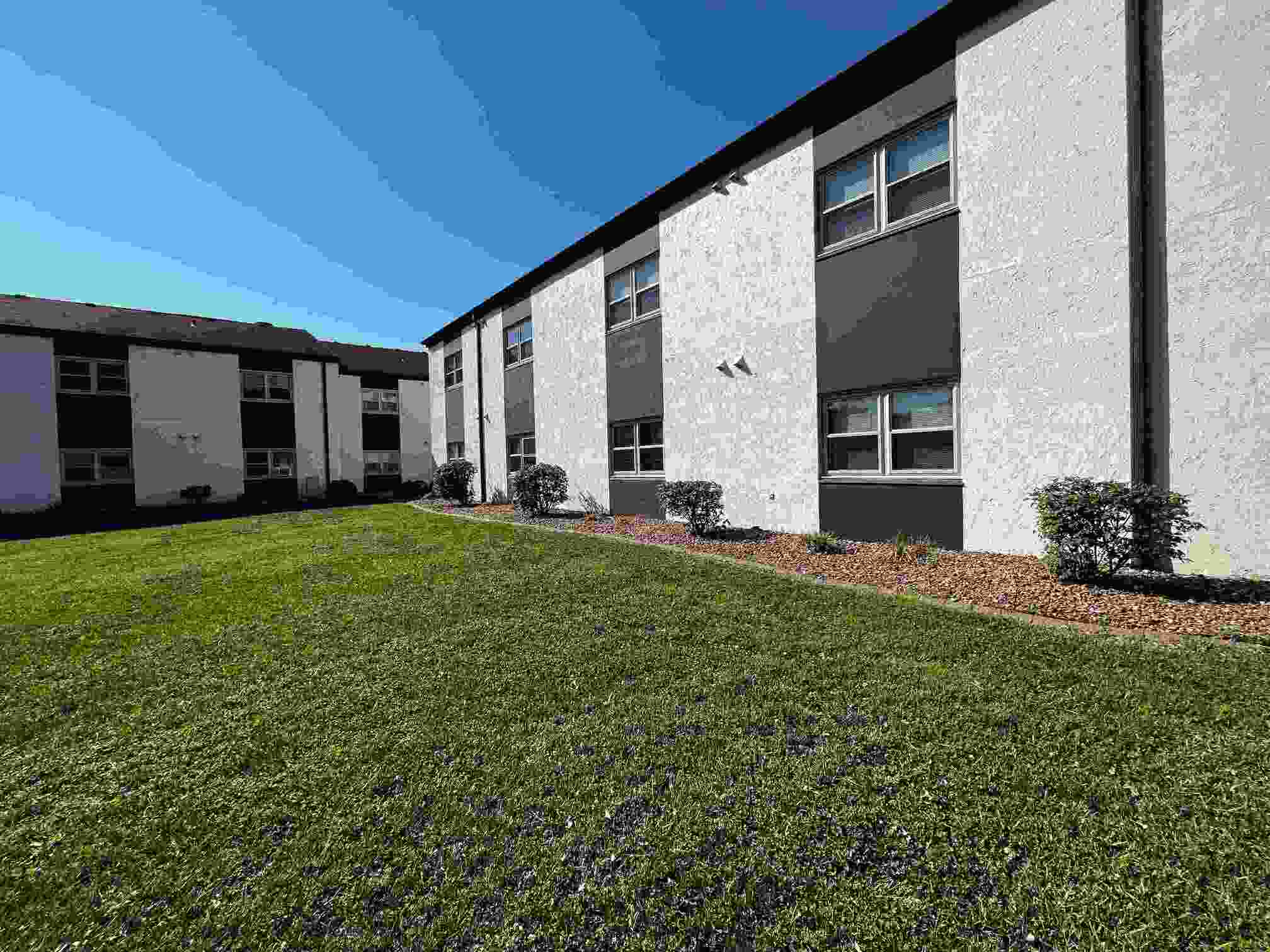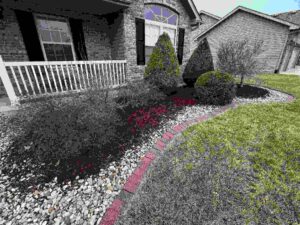Why prune trees? Pruning is an excellent preventative practice for both young and established plants. There are many benefits of pruning, and it’s an important part of a long-term maintenance strategy to keep shrubs and trees healthy and thriving.
What Is Pruning?
Pruning is the practice of selectively removing specific parts of a tree or shrub, such as buds, branches, or roots. Proper pruning ensures that your shrubs and trees stay healthy and attractive. When it comes to pruning, timing is essential, and so is knowing how and where to cut, such as trimming at the right angles and proper distances and lengths.
What Is Pruning Used For?
There are multiple reasons why pruning is important. The benefits of pruning include the following:
Improving the Health of Trees and Shrubs
Improving the health of trees and shrubs is one of the most significant benefits of pruning, especially for residential and commercial property owners. But how? Removing the dead, diseased, and injured parts of a tree or shrub maximizes their vigor and aesthetic qualities. Removing vulnerable parts of the plant will also minimize the potential for pest damage. Plus, pruning encourages good growth patterns and improves air circulation.
Enhancing the Appearance of Landscapes
You can think of pruning as giving your trees and shrubs a haircut. It makes them look better, enhancing the appearance of your landscape. Pruning can be more than just trimming and removing dead or diseased branches and buds. A professional landscaper can create distinctly specialized forms that give your landscape a fresh and stylish look.
Increasing Fruit Production
Sometimes fruit trees need a little help to increase their fruit production. The good news is that pruning benefits fruit trees, too. A great way to maximize flowering and fruit production is by removing old, unproductive branches. Doing this provides two immediate benefits for your trees. First, it will open up the canopy. Opening the canopy allows more light to penetrate, stimulating flower bud development and leading to more fruit! Second, pruning unproductive sections reduces the amount of branches competing for water and nutrients, which will help the remaining branches flourish.
Promoting Safety
Another reason why pruning is essential is that it promotes safety. Weak and rotting branches and limbs pose hazards to people and pets. Limbs and branches can also become hazardous when they grow too close to power lines or buildings. Our experts can safely remove any parts of the tree that create a dangerous situation or pose a hazard.
Supporting Wildlife Habitat
Trees are invaluable to our environment and help support wildlife habitats. When trees are neglected, they look overgrown, lack good quality fruit products, and are at greater risk of disease and damage from wind. Pruning can help support wildlife habitats by providing food and shelter for birds, insects, and other animals. Plus, pruning benefits wildlife habitats by promoting healthy growth patterns that can support a diverse range of species.
The Different Types of Pruning
There are various pruning methods you can use based on the needs of your trees and shrubs, including thinning, topping, raising, and reduction. Each type is:
Thinning
This procedure removes a branch from its point of origin. Thinning can enhance light penetration and manage growth. This method is especially beneficial for trees and shrubs that grow quickly, to ensure they do not become overgrown. This increased light penetration can also benefit trees and shrubs that are in close proximity.
Topping
This process involves removing a good portion of the branches from the top of the tree. Topping is commonly used when training young trees to grow in a certain way or direction.
Raising
This method of pruning involves trimming low-hanging branches to create more headroom for pedestrians, parked cars, or to clear entryways.
Reduction
This type of pruning requires trimming back a tree’s volume, typically for safety reasons, such as creating space for power lines or in preparation for a weather event.
Dangers of DIY Pruning
DIY pruning usually requires climbing a ladder to tall heights to cut down limbs, which can result in injury to people or property. Additionally, improper pruning can harm trees and shrubs. These alone are good enough reasons to seek professional pruning assistance. We can help! Our pruning services can assist with pruning trees, shrubs, and other plants, without the risk or personal injury or property damage.








